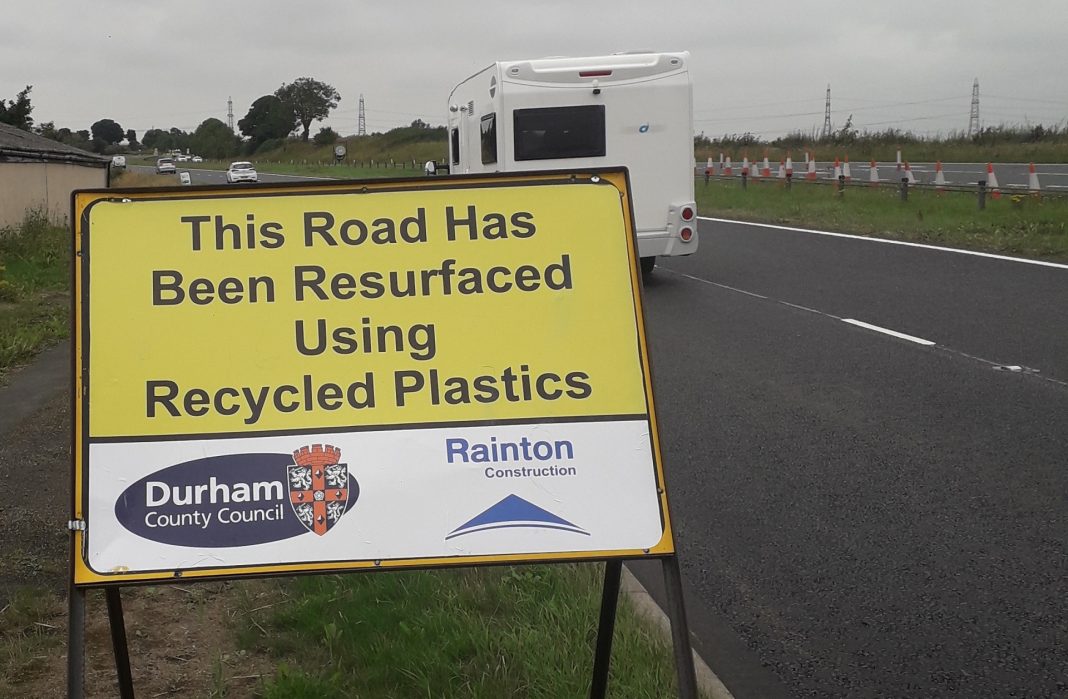County Durham’s somewhat beleaguered road network appears to be improving.
A forthcoming annual report on Durham County Council’s Transport Asset Management Plan (TAMP) will describe the investment that has been put into the county’s roads and outline how the maintenance backlog has been reduced.
The council’s cabinet will hear the report next week.
The condition of County Durham’s A, B and C roads has got better, with such roads now being rated as close to the national average. Infrastructure like bridges and tunnels is rated as ‘good to fair’.
The backlog of repairs needed for the county’s roads has now been reduced to £179.7 million.
In addition to investing its own money in the road network, the council received £11.9 million from the Department of Transport during 2018/19. The council’s total budget for planned road maintenance work now stands at around £24 million.
Durham County Council is responsible for maintaining a road network that includes 3,792 kilometres of carriageway, 489 road bridges and 83,676 street columns (streetlights and signs).
The network is used every day by almost all of the county’s residents and businesses as well as many visitors. The county’s roads are therefore a vital component of County Durham’s economic and social infrastructure.
Since 2018, Durham County Council has also been trialling a road covering made with recycled single-use plastics. Working with the firms Rainton Construction and MacRebur, the council has so far managed to cover 22,477 square metres of road with this coating.
Roads surfaces coated with the new covering include the A689 at Sedgefield, the A68 at Toft Hill and sections of road in Murton.
This was the first time the new coating was trialled in the north east and it was the largest trial done with the material in the whole of the UK.
100 tonnes of plastics have so far been reused on County Durham’s roads, which is equivalent to over 900,000 carrier bags.
The new material is helping the council fulfil its aim of stopping difficult-to-recycle plastics ending up in landfill or being incinerated. The material is also helping the council reduce its carbon footprint.
Durham County Council will now be using plastics in all of its upcoming resurfacing work and will be monitoring the work to identify further opportunities for improvement and innovation.
The council’s cabinet member for neighbourhoods and local partnerships, Cllr Brian Stephens, said, “Durham, like most places throughout the country, has more demands on highways than there are resources to maintain and improve them.”
“But, despite unprecedented reductions in government funding since 2010, we have continued to prioritise investment in our programmed capital maintenance and have increased our investment in this from £0.7 million in 2010/11 to £7.5 million in 2018/19.”
“We are committed to maintaining and improving our county’s roads and our long-term Transport Asset Management Plan ensures that our roads are in the best possible condition for the budget we have available.”
“We aim to ensure that a safe, serviceable and sustainable highway network is available to our residents and visitors, playing a key part in the economic and social activity across the county.”
(This article’s featured image is a photo of the A689 near Sedgefield, which has been surfaced with a coating containing recycled single-use plastics.)






